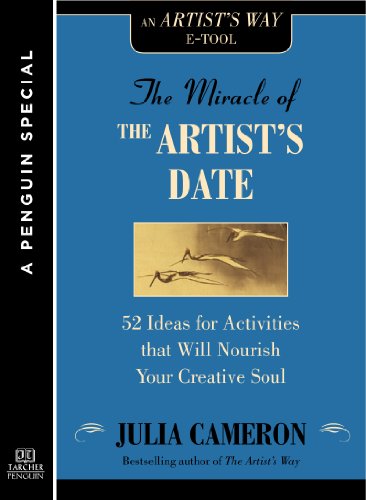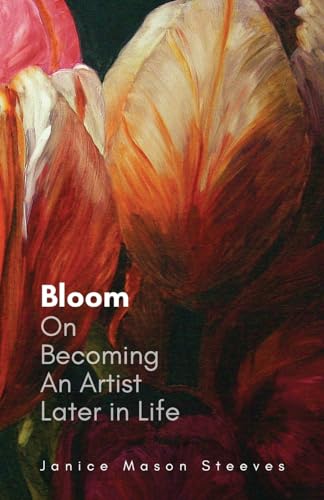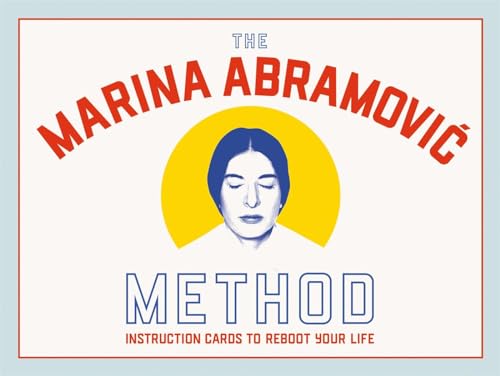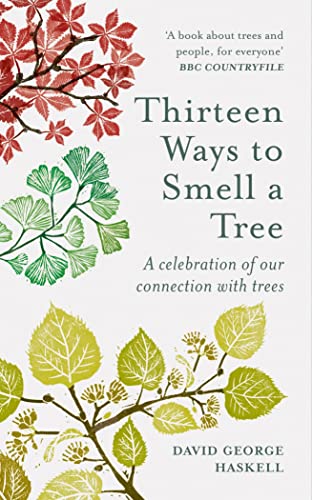
1

2

3

4

5
Many readers are familiar with Julia Cameron’s 1992 groundbreaking The Artist’s Way, a guide to enhancing creativity which has helped millions of artists, performers, and writers worldwide deal with dry periods of creative blockage. This list explores a few more books charting diverse pathways to unlock creativity, whether you are a professional or aspiring artist, or just someone seeking creative adventures in daily life.
1
The twin pillars of Julia Cameron's system are Morning Pages and The Artist's Date. Morning pages is a free writing technique to practice religiously every morning in order to explore the contents of your unconscious mind where creativity hides. The Artist's Date, instead, is time you take for yourself to nourish your creative energies through play, adventure, color, nature, physical activity, reflection, self-image, music, fantasy. It's a scheduled time when you step aside from your daily life and open yourself to new influences-- just like going on a date with someone new. Cameron believes that our creativity becomes blocked when we work too hard with a narrow focus. The idea is that the artist's date should be something purely enjoyable that fills you with delight and allows your creativity to replenish itself. In this slim volume, she provides 52 ideas for romancing the muse within.
2
Acclaimed Canadian abstract artist, art therapist and educator Janice Mason Steeves came to art later in life after first embarking upon a career in psychology. This small gem of a book collects the life stories of other professional visual artists whose lives followed a similar path and who have advice to offer to aspiring artists over the age of 50. These artists found that their creativity was nourished by travel, experimentation, silence, play, contact with nature, a dedicated workspace and a supportive community. The obstacles they encountered were both inner and outer: self-doubt, self-censorship, and family members who could not understand their new need for time alone for their artistic work. The artists interviewed also provide examples of little rituals that help trigger their creative flow. Steeves writes that Art is "the golden thread that connects us to our life purpose, the divine within us. We don’t walk away the same as we were when we began. " This is an insightful and inspiring book for artists of all ages.
3
Although this book is addressed primarily to writers, it’s a guidebook for all creatives and for anyone who is drawn to certain places without knowing why. The author, a novelist, poet, and travel writer, explores the power of place as a nurturing force, based on the classical concept of the Soul of Place, or genius loci, an indwelling energy in all landscapes, buildings, natural features with which we are always in secret communication. In this book, she gives you the tools to observe, think, and write about the places that resonate with you. If you aren’t a writer when you first read this book, you will be when you finish it. And if you are a writer, whether you are world building a fictional realm, working on a memoir, describing a recent journey, or just journaling - you will find many inspiring exercises and new angles of observation. The Soul of Place is a perfect traveling companion, whether you are going on a long trip to foreign parts, or rambling through your neighborhood, or journeying around your own room. This book will change your writing and the way you look at the places in your life.
4
This set of 30 cards plus booklet presents 30 exercises drawn from performance artist Marina Abramovic's career for rebooting creativity and opening windows on the self. She offers itineraries and epiphanies to pass "from one reality to another" -- to overcome the autopilot of mechanical perception, emotion, and movement in which we live the greater part of our lives. The exercises range from easy and fun physical activities to deep introspection. Each card is illustrated with a photograph depicting moments from her famous installations. This is a beautiful and inspiring gift for anyone interested in contemporary arts or in the philosophy of being present to oneself.
5
This delightful book by biologist and science writer David George Haskell explores the trees in his environment through the sense of smell. Our sense of smell, wrote Helen Keller, is our "fallen angel" - a vital faculty we rarely develop and celebrate. Haskell presents a cross section of trees from across our planet, and through their scent, describes their processes of growth, plant communities, and interactions with the elements, insects, animals, and humans. Poised between poetry and nature writing, this book shows how to rediscover new ways of experiencing our environment more deeply.

1
The twin pillars of Julia Cameron's system are Morning Pages and The Artist's Date. Morning pages is a free writing technique to practice religiously every morning in order to explore the contents of your unconscious mind where creativity hides. The Artist's Date, instead, is time you take for yourself to nourish your creative energies through play, adventure, color, nature, physical activity, reflection, self-image, music, fantasy. It's a scheduled time when you step aside from your daily life and open yourself to new influences-- just like going on a date with someone new. Cameron believes that our creativity becomes blocked when we work too hard with a narrow focus. The idea is that the artist's date should be something purely enjoyable that fills you with delight and allows your creativity to replenish itself. In this slim volume, she provides 52 ideas for romancing the muse within.

2
Acclaimed Canadian abstract artist, art therapist and educator Janice Mason Steeves came to art later in life after first embarking upon a career in psychology. This small gem of a book collects the life stories of other professional visual artists whose lives followed a similar path and who have advice to offer to aspiring artists over the age of 50. These artists found that their creativity was nourished by travel, experimentation, silence, play, contact with nature, a dedicated workspace and a supportive community. The obstacles they encountered were both inner and outer: self-doubt, self-censorship, and family members who could not understand their new need for time alone for their artistic work. The artists interviewed also provide examples of little rituals that help trigger their creative flow. Steeves writes that Art is "the golden thread that connects us to our life purpose, the divine within us. We don’t walk away the same as we were when we began. " This is an insightful and inspiring book for artists of all ages.

3
Although this book is addressed primarily to writers, it’s a guidebook for all creatives and for anyone who is drawn to certain places without knowing why. The author, a novelist, poet, and travel writer, explores the power of place as a nurturing force, based on the classical concept of the Soul of Place, or genius loci, an indwelling energy in all landscapes, buildings, natural features with which we are always in secret communication. In this book, she gives you the tools to observe, think, and write about the places that resonate with you. If you aren’t a writer when you first read this book, you will be when you finish it. And if you are a writer, whether you are world building a fictional realm, working on a memoir, describing a recent journey, or just journaling - you will find many inspiring exercises and new angles of observation. The Soul of Place is a perfect traveling companion, whether you are going on a long trip to foreign parts, or rambling through your neighborhood, or journeying around your own room. This book will change your writing and the way you look at the places in your life.

4
This set of 30 cards plus booklet presents 30 exercises drawn from performance artist Marina Abramovic's career for rebooting creativity and opening windows on the self. She offers itineraries and epiphanies to pass "from one reality to another" -- to overcome the autopilot of mechanical perception, emotion, and movement in which we live the greater part of our lives. The exercises range from easy and fun physical activities to deep introspection. Each card is illustrated with a photograph depicting moments from her famous installations. This is a beautiful and inspiring gift for anyone interested in contemporary arts or in the philosophy of being present to oneself.

5
This delightful book by biologist and science writer David George Haskell explores the trees in his environment through the sense of smell. Our sense of smell, wrote Helen Keller, is our "fallen angel" - a vital faculty we rarely develop and celebrate. Haskell presents a cross section of trees from across our planet, and through their scent, describes their processes of growth, plant communities, and interactions with the elements, insects, animals, and humans. Poised between poetry and nature writing, this book shows how to rediscover new ways of experiencing our environment more deeply.
© Five Books 2025